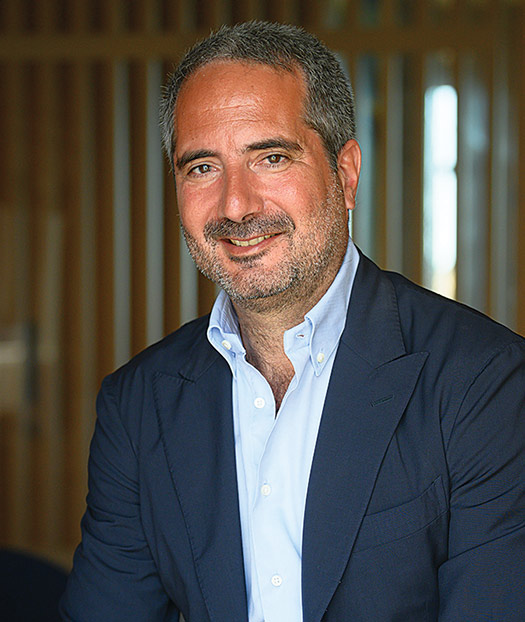Executive Viewpoint: Maire Tecnimont and the second wave of the circular economy
The circular economy has already entered the public’s consciousness, and consumers are increasingly aware of the urgent need to recycle plastic, with the practice becoming more widespread than ever.
IP: 18.217.60.35
The Author
Folgiero, P. - Maire Tecnimont, Milan, Italy
Pierroberto Folgiero joined Maire Tecnimont in 2010 as the Chief Financial Officer of KT S.p.A, the group’s subsidiary, operating as licensor and contractor in the refining sector. In 2013, he was appointed CEO. Mr. Folgiero is also the Managing Director of NextChem, the company of the group operating in green chemistry. Mr. Folgiero earned a degree in economic studies from Luiss Guido Carli University.
Related Articles
From the Archive







Comments